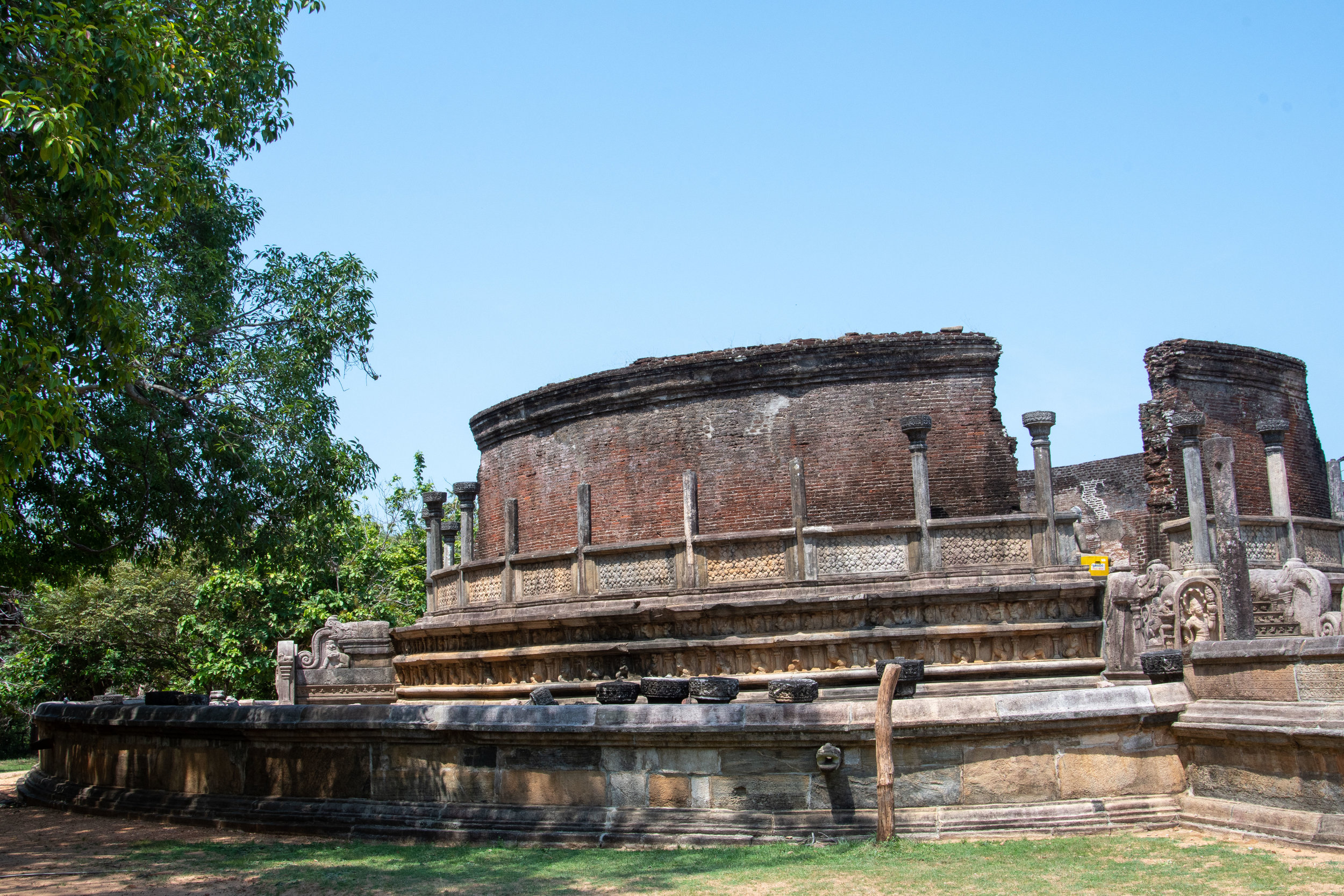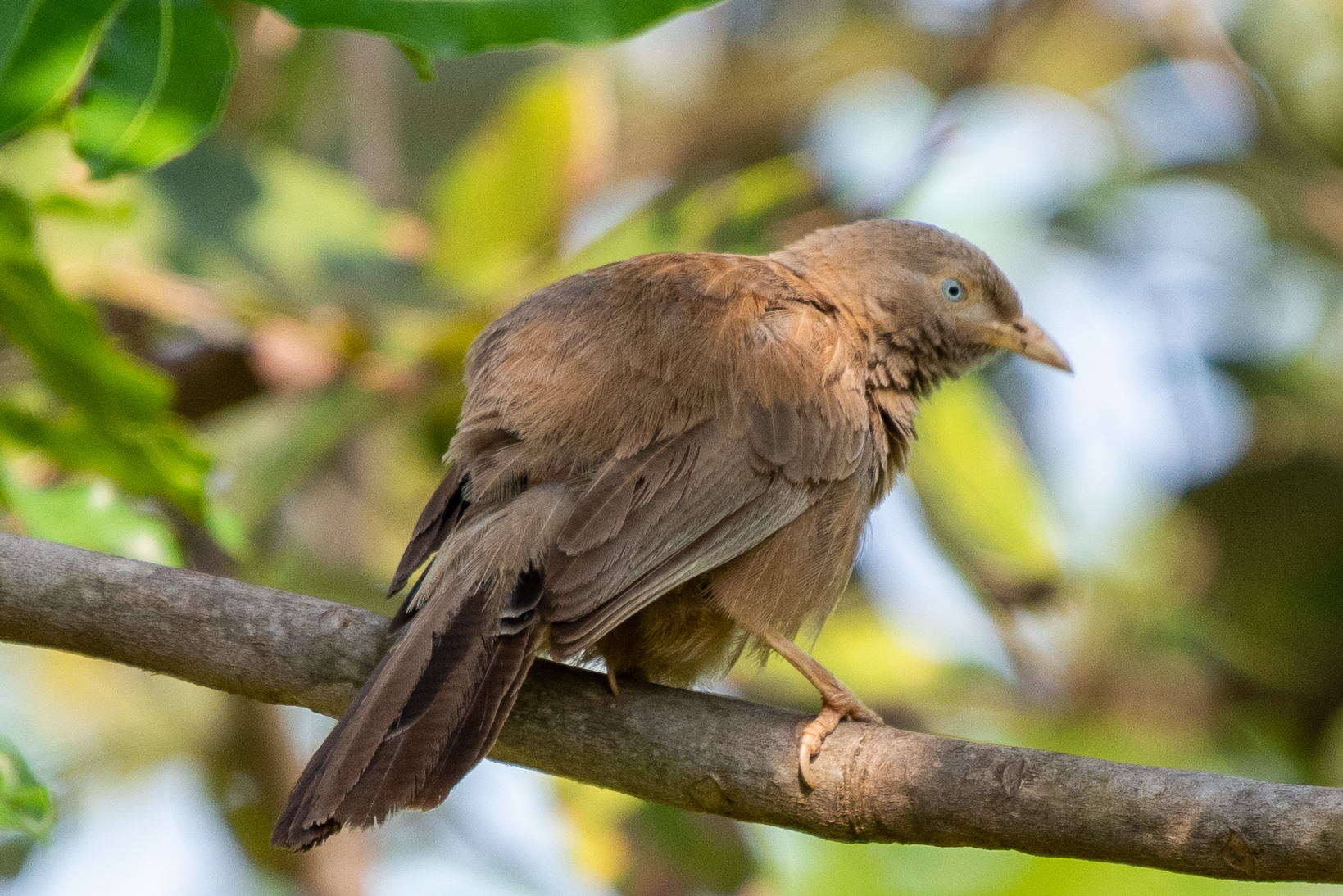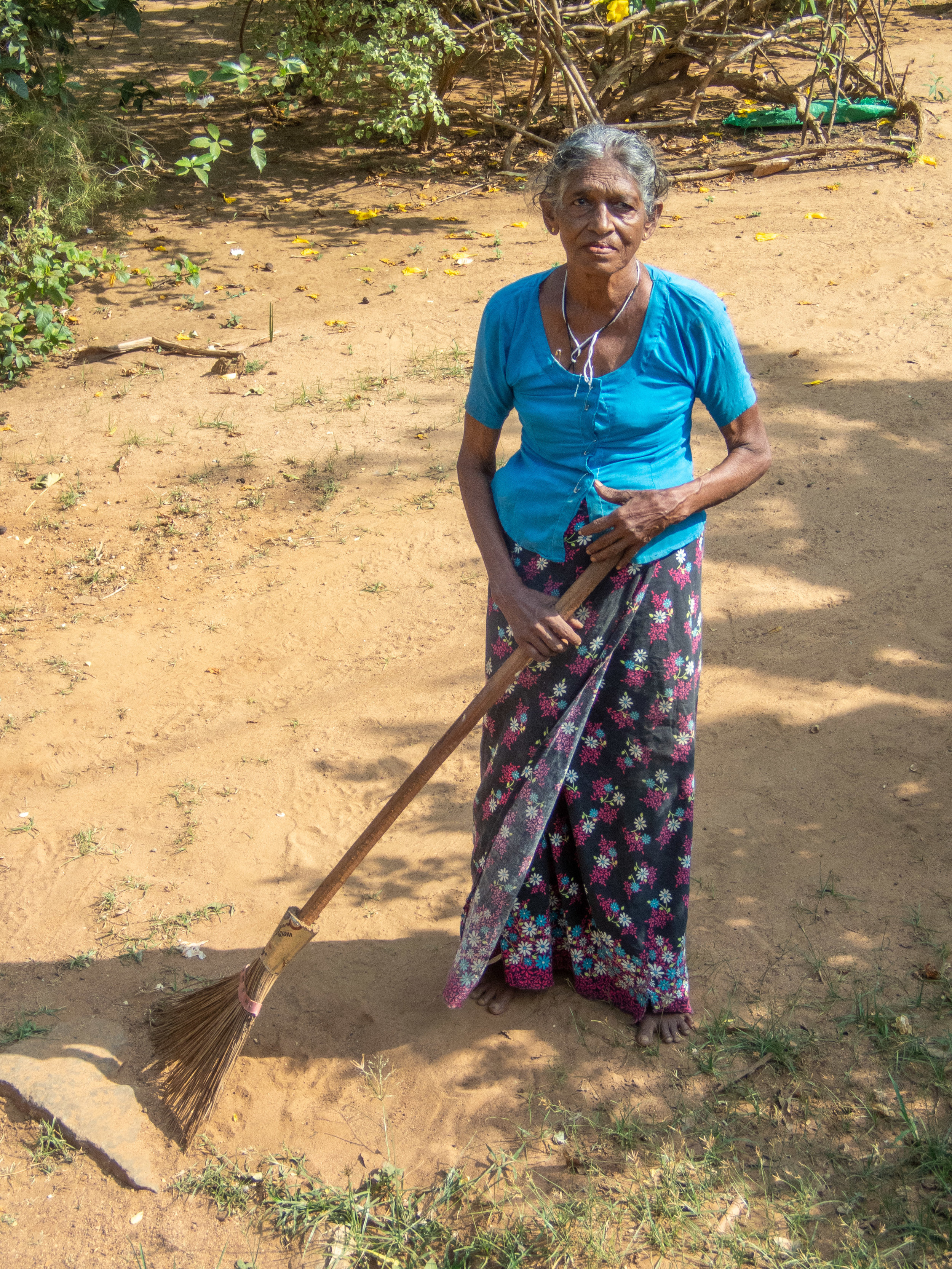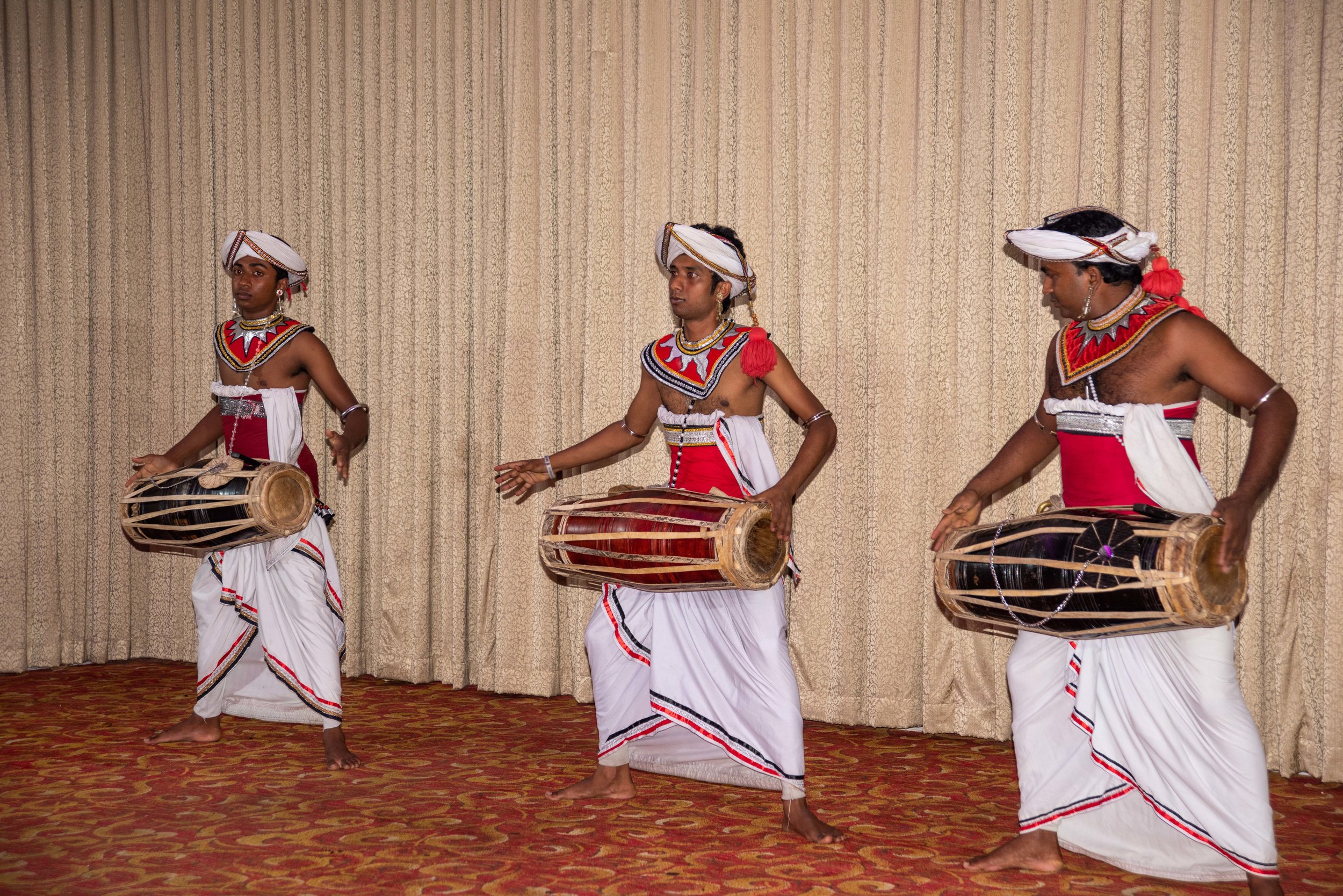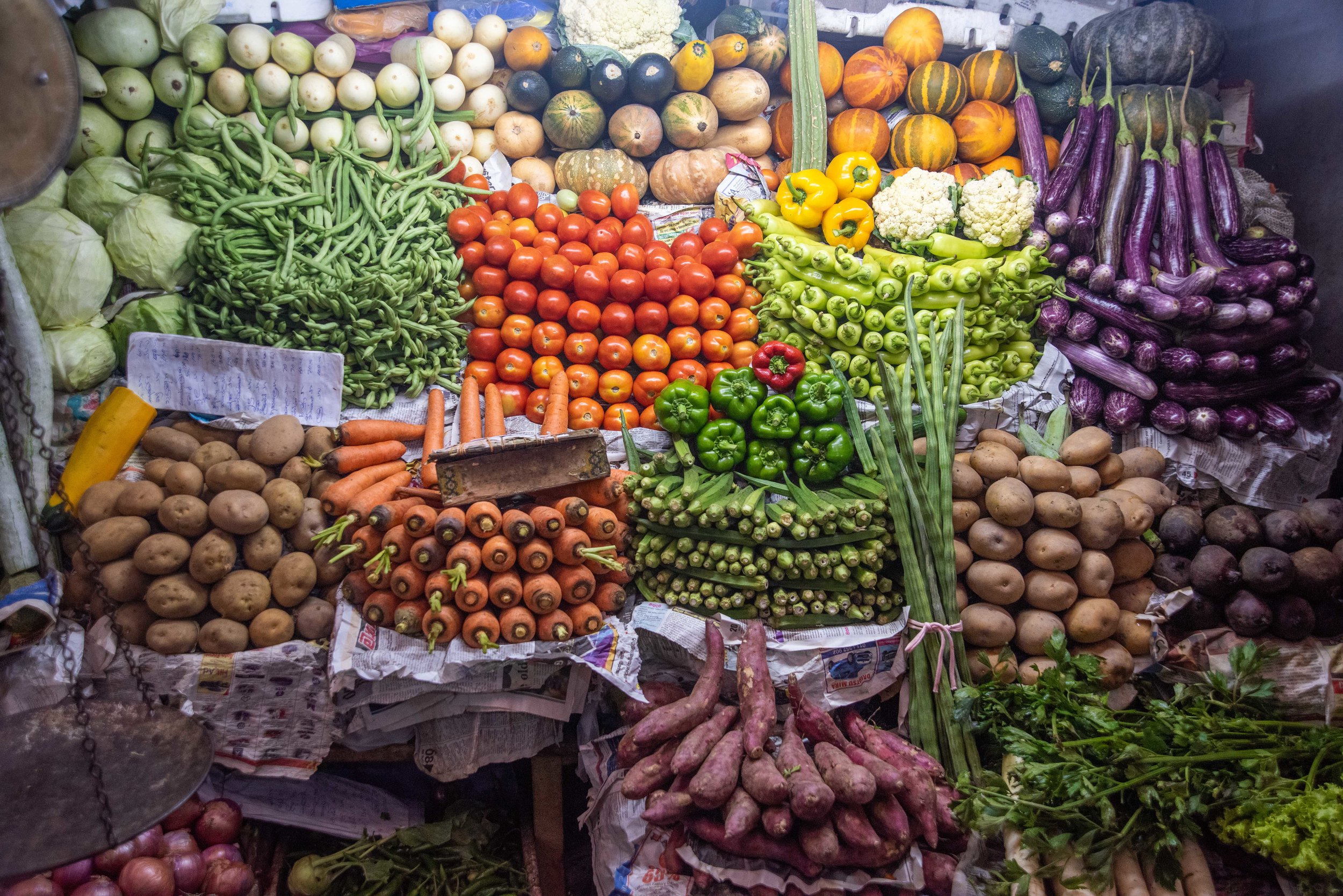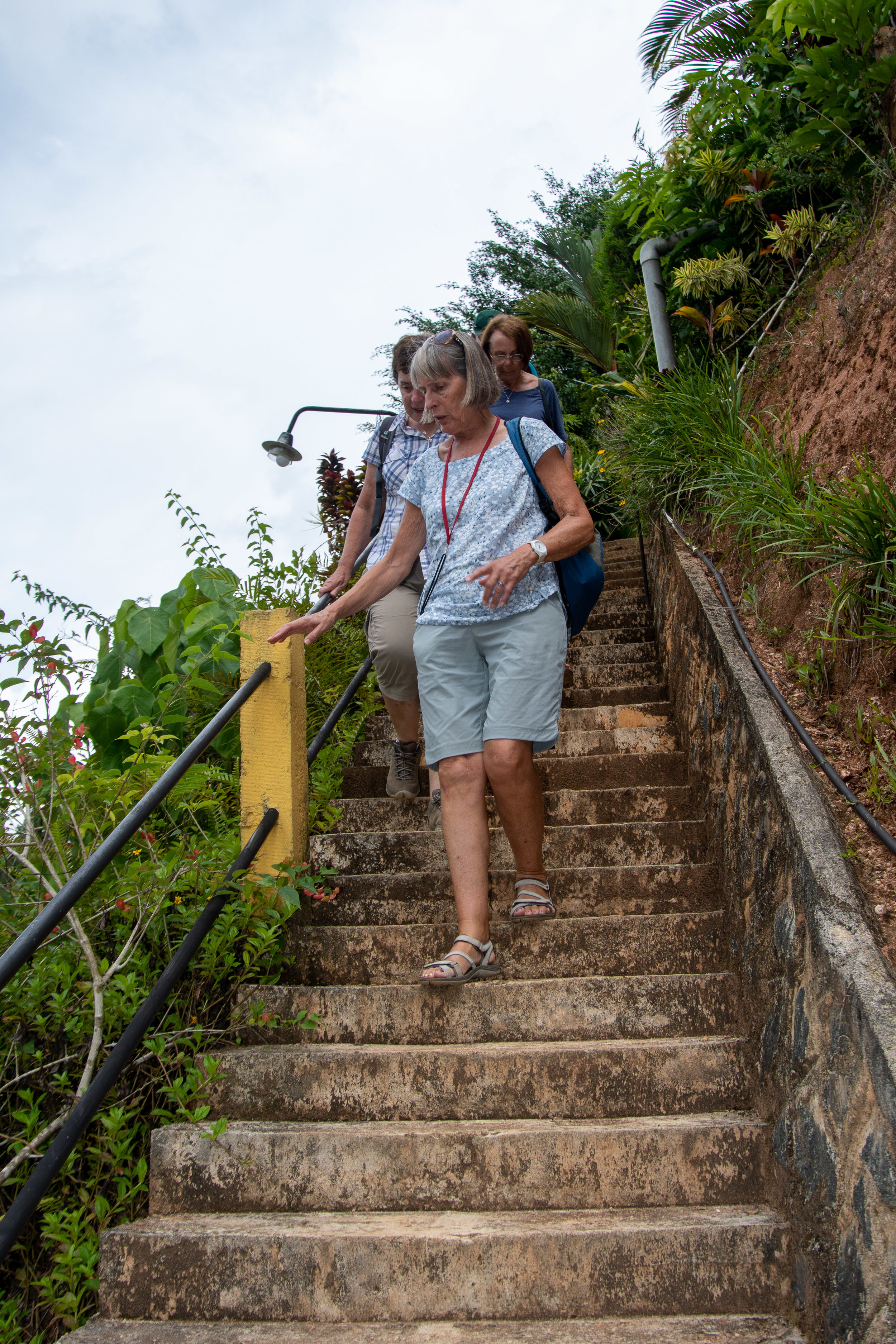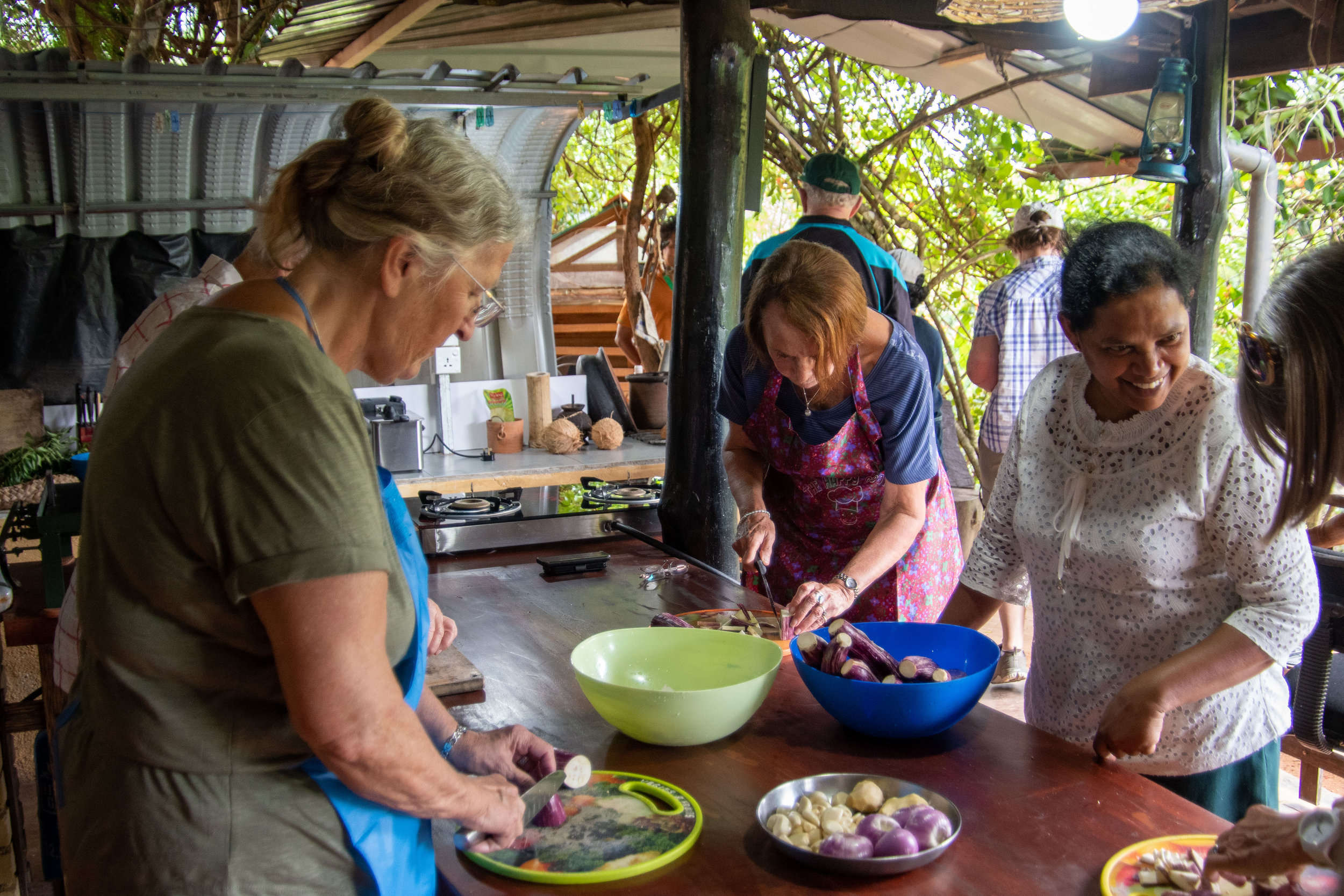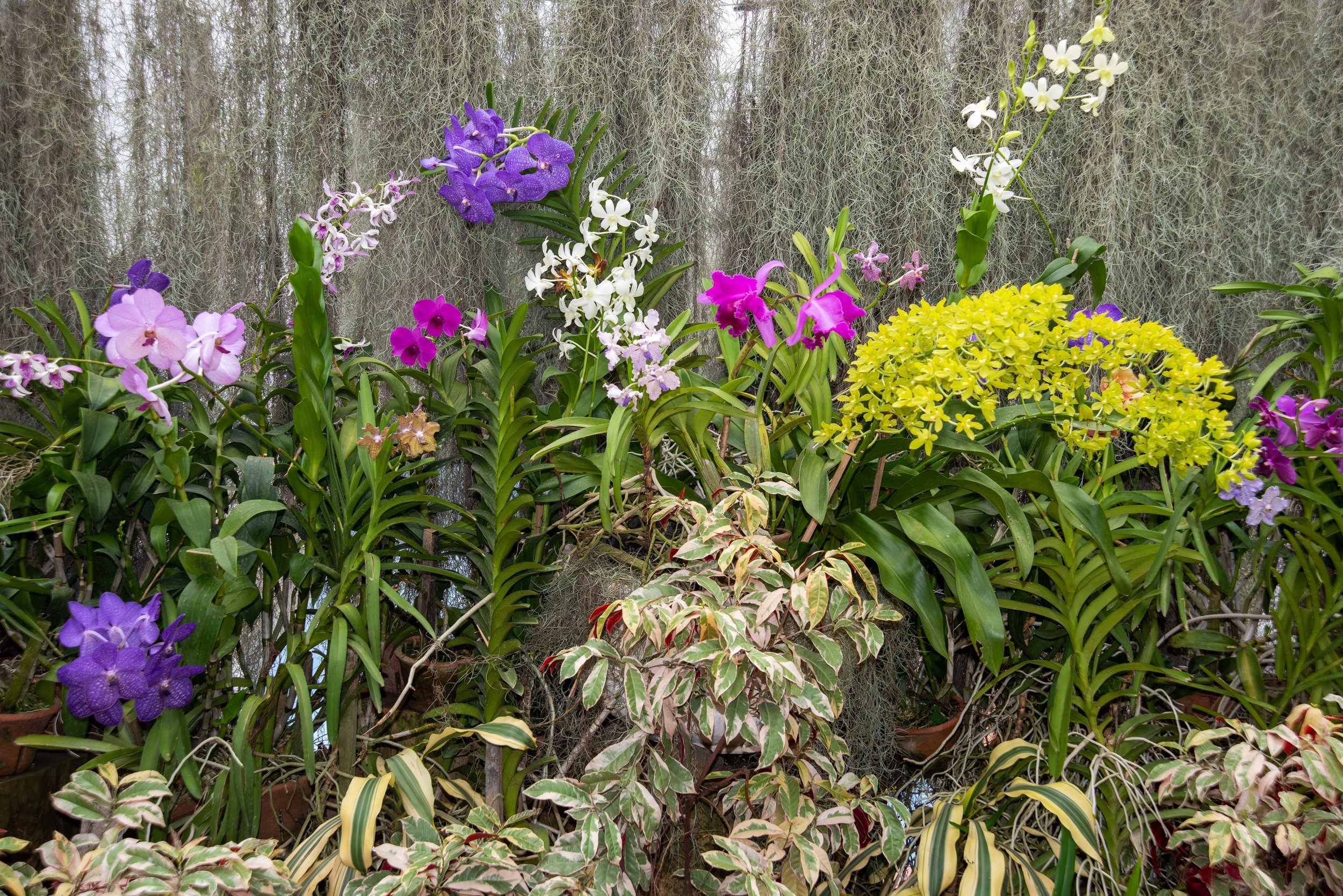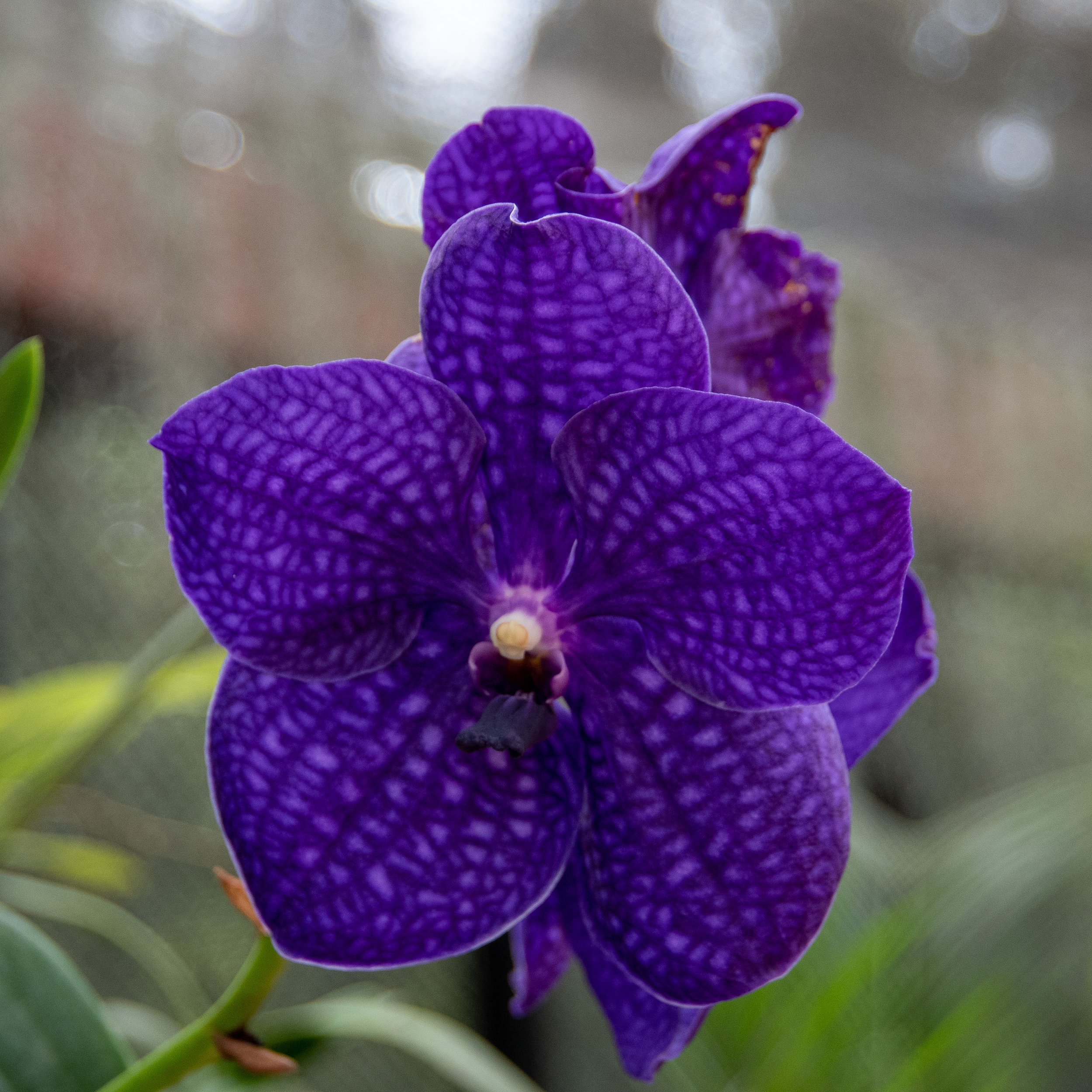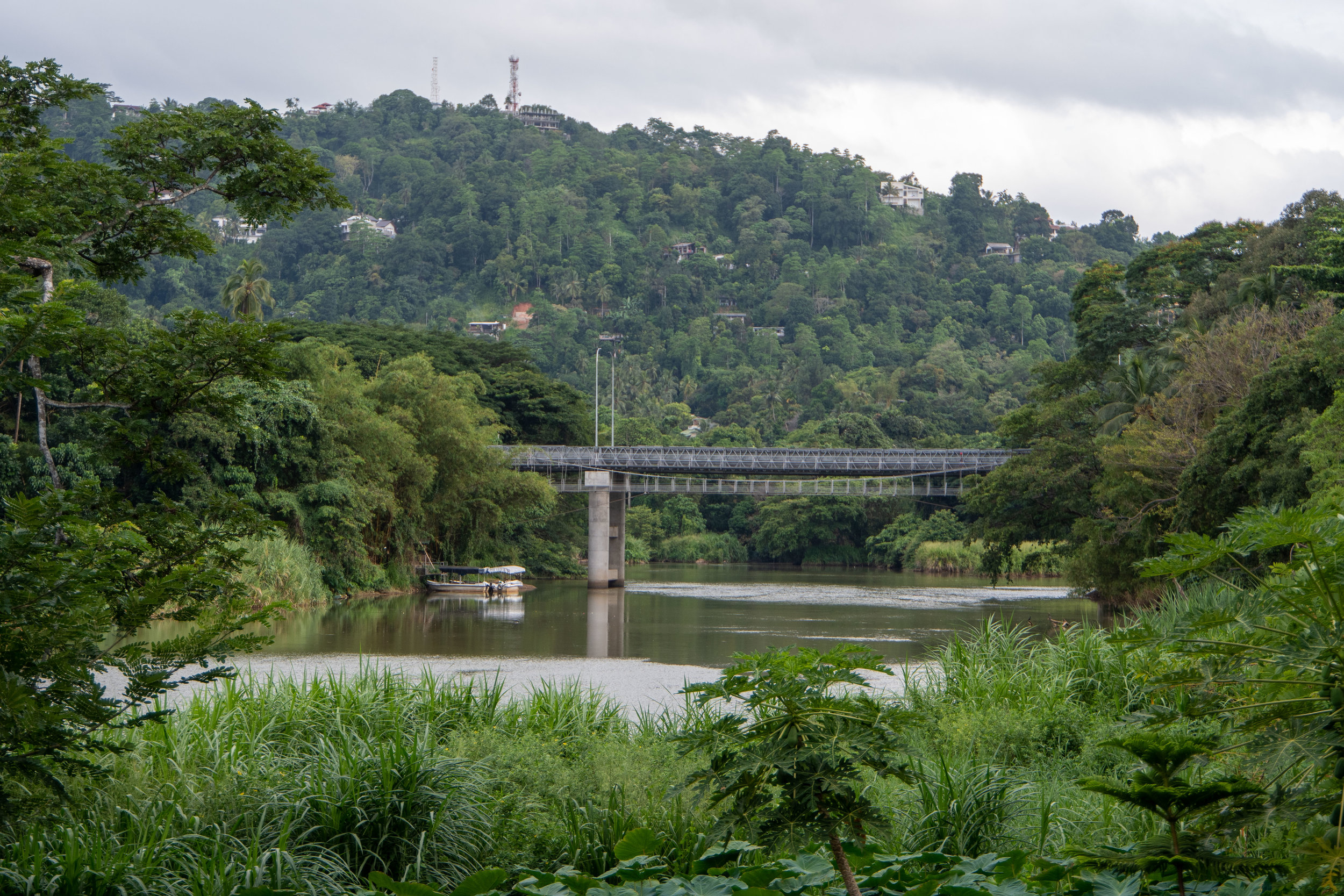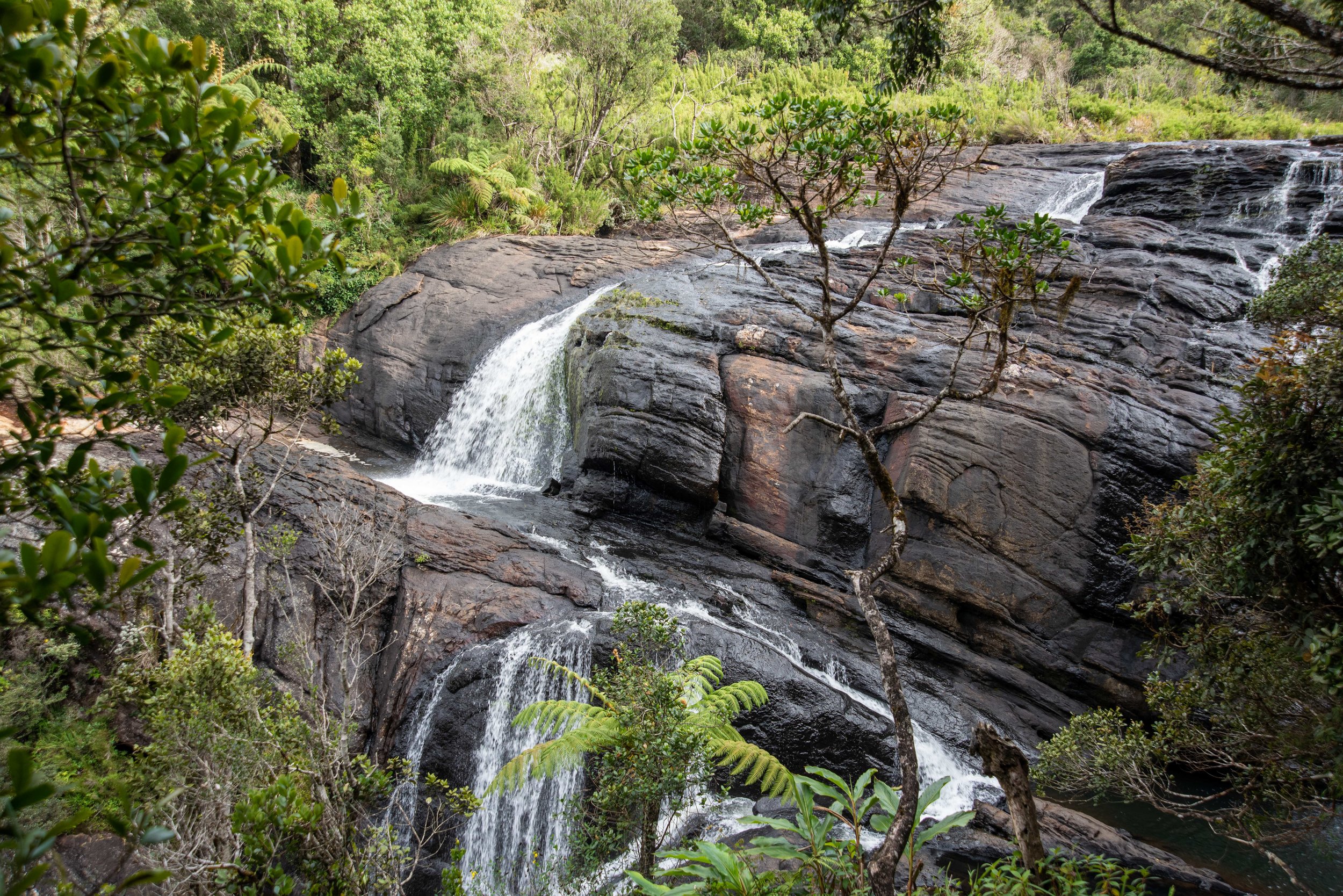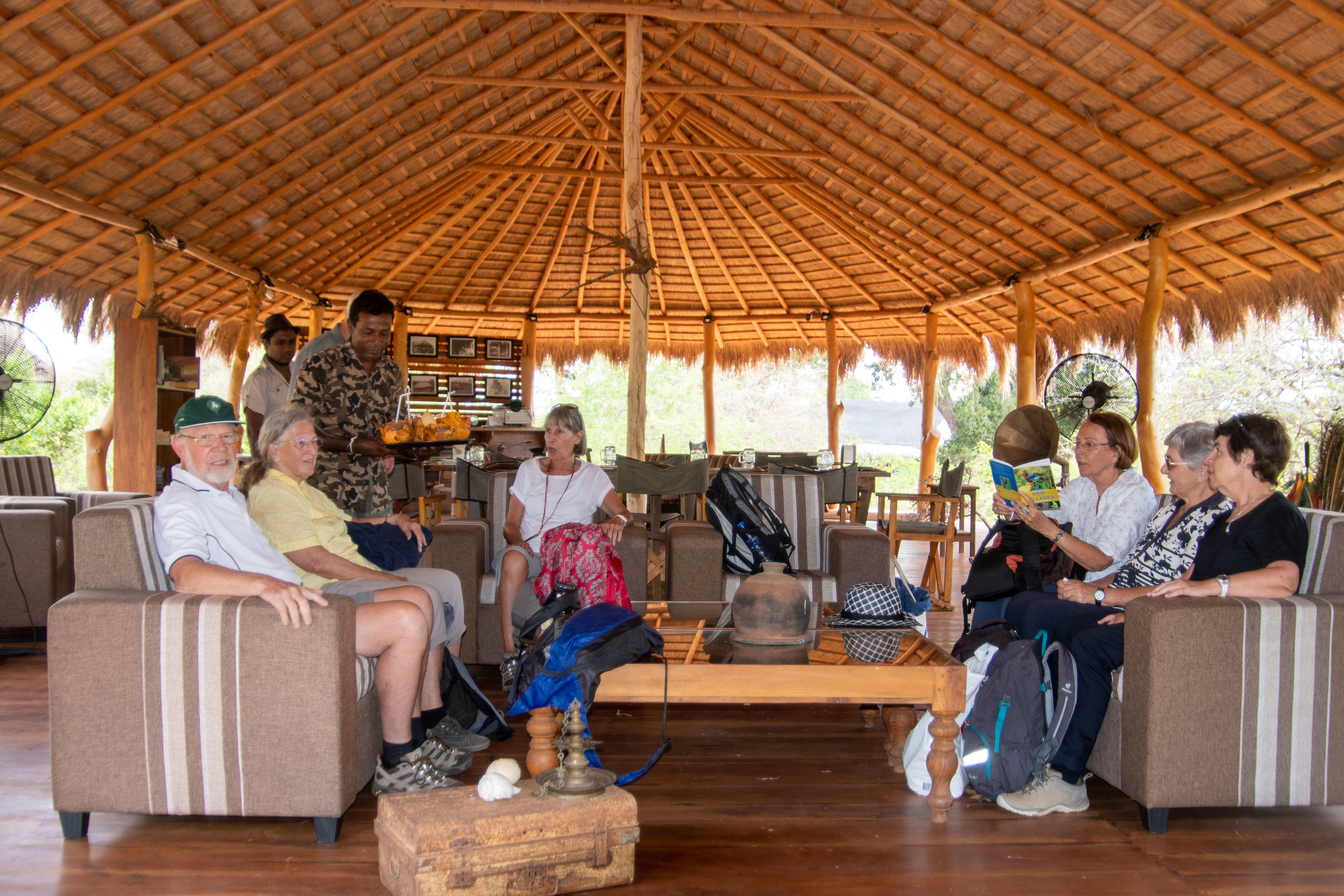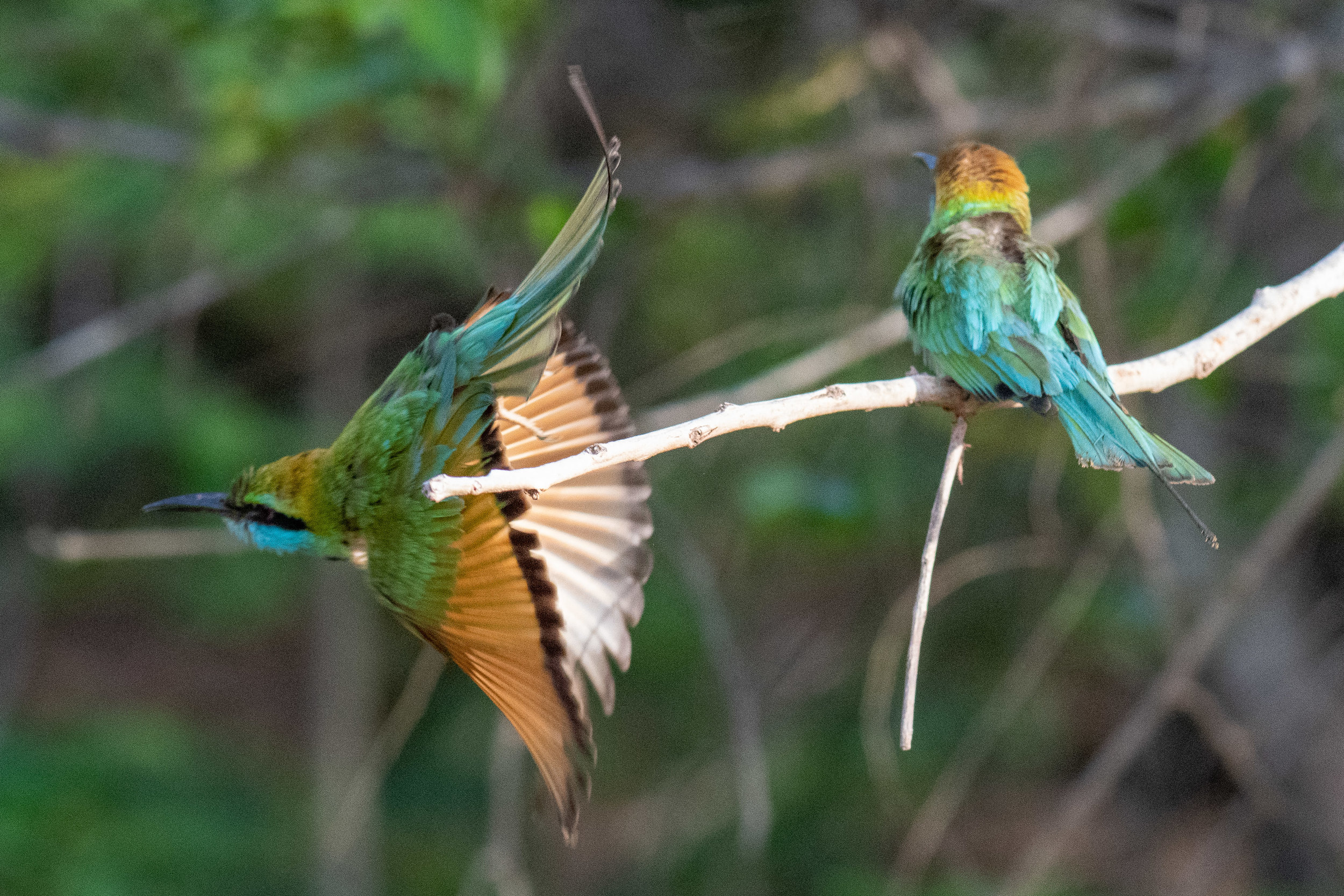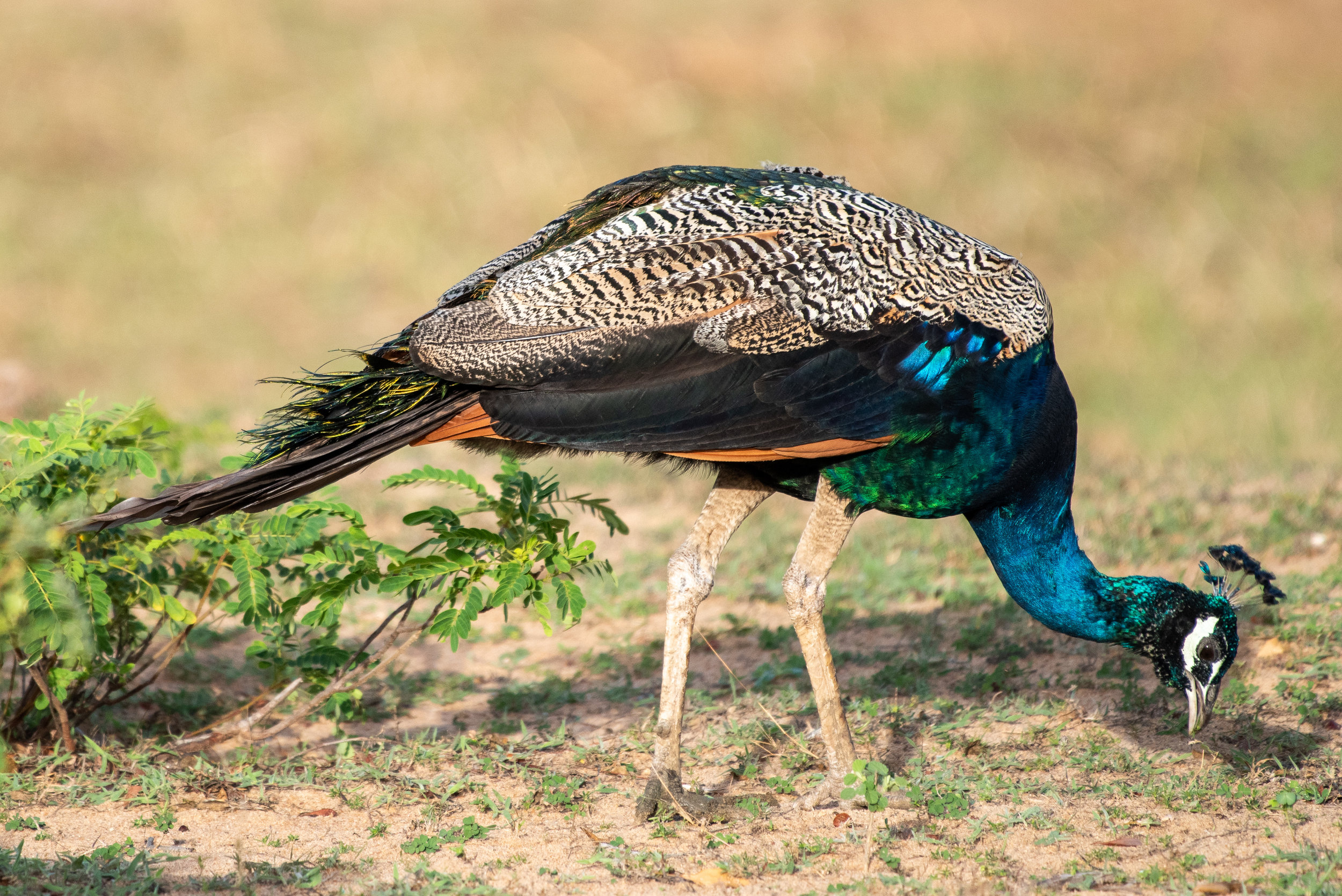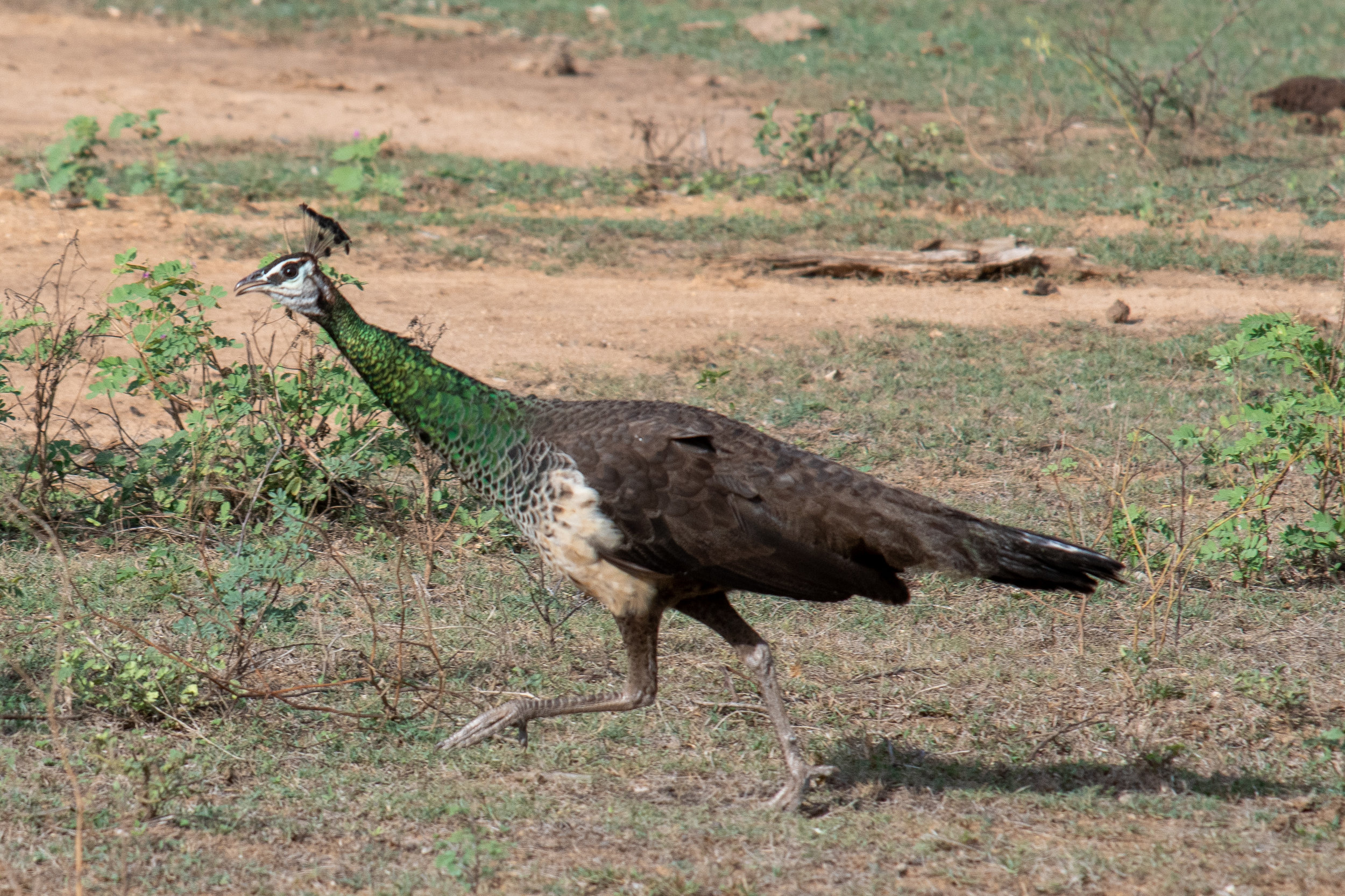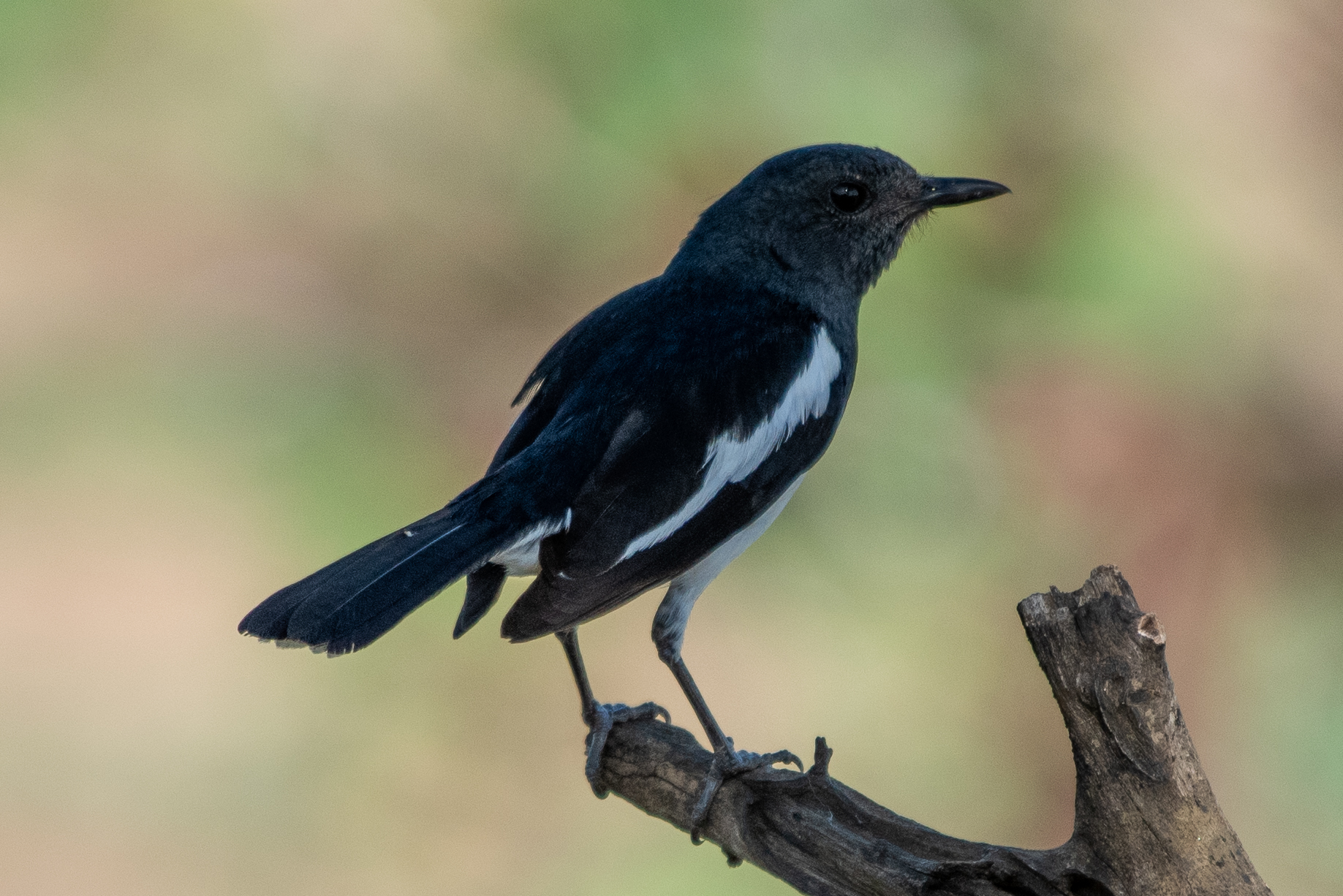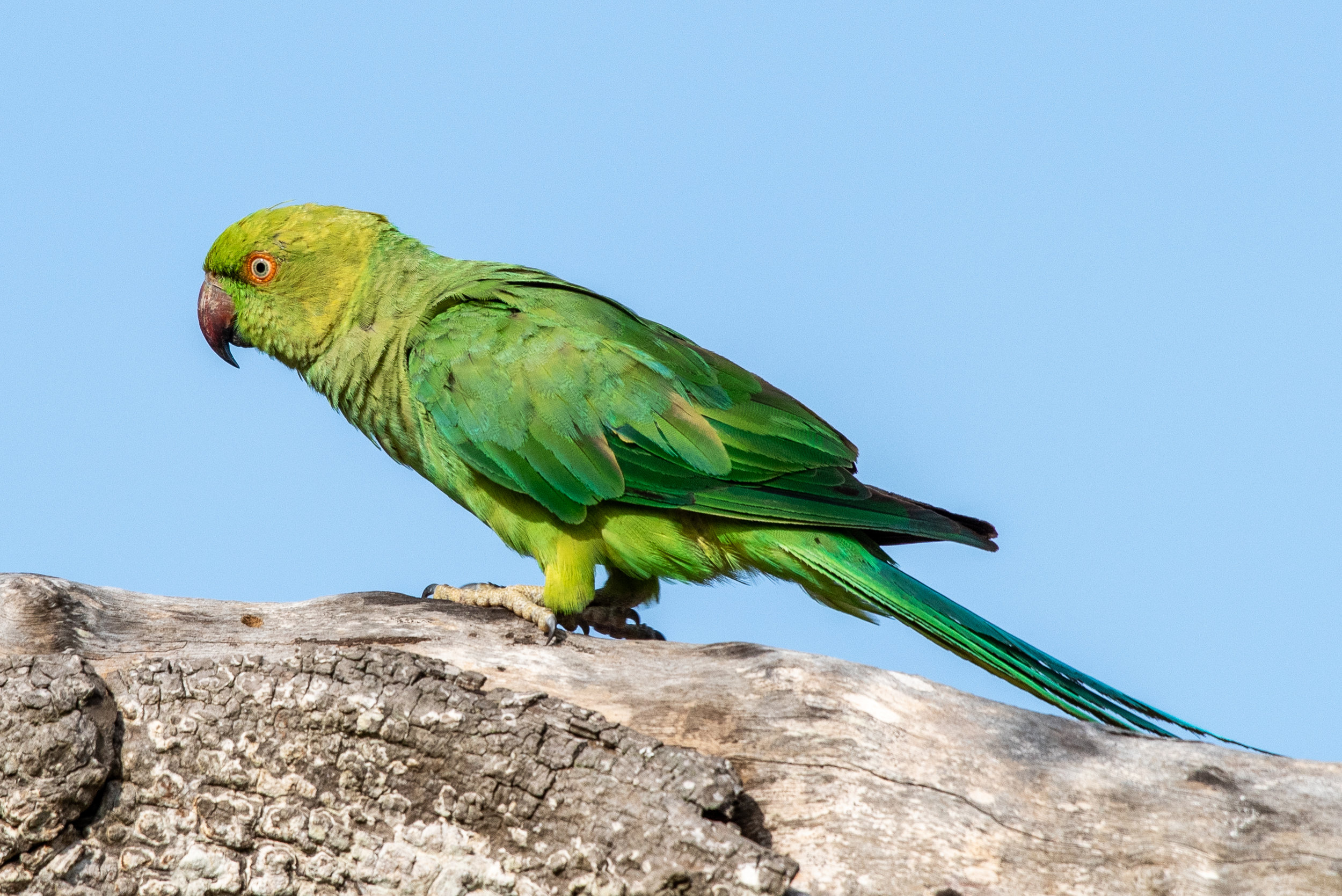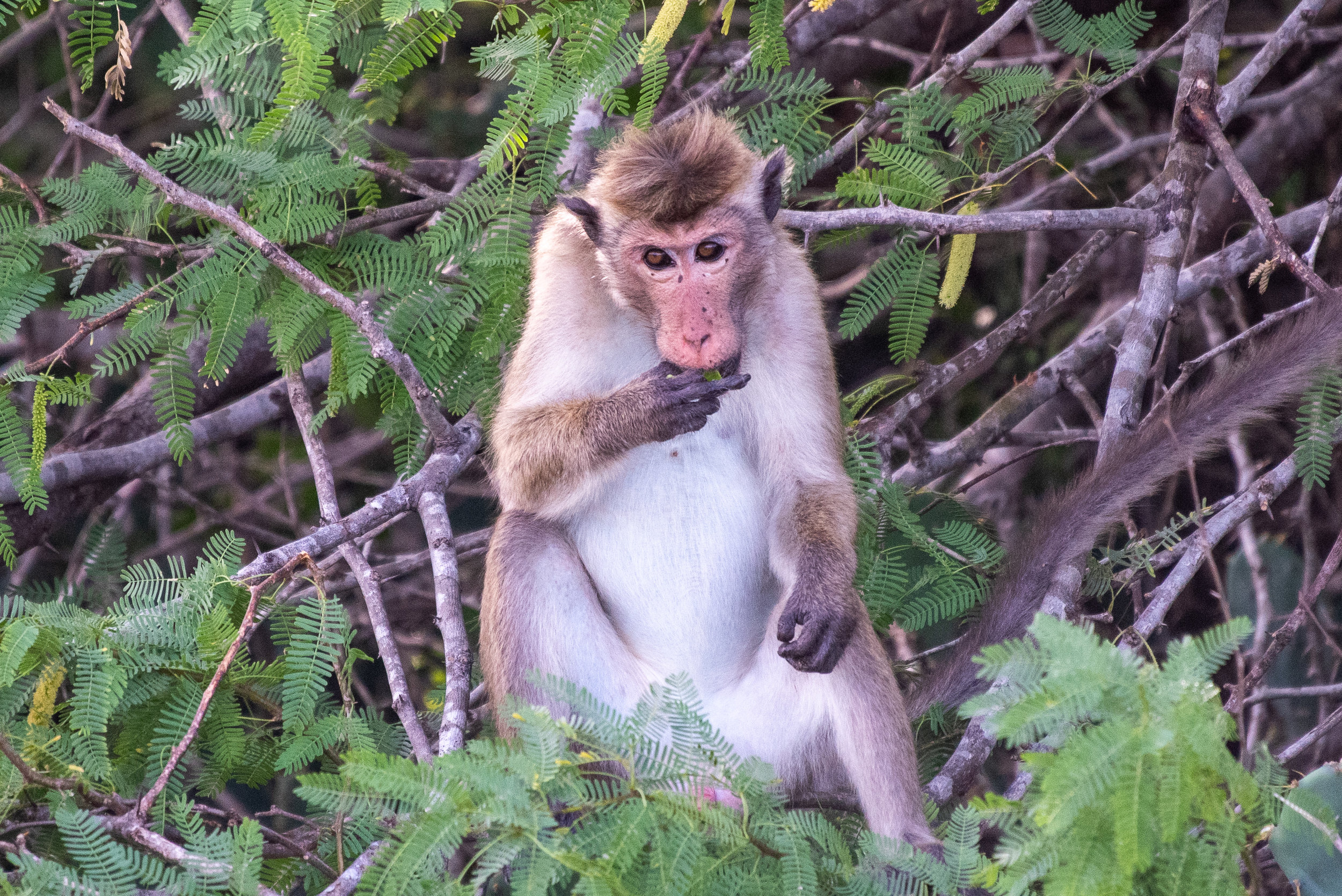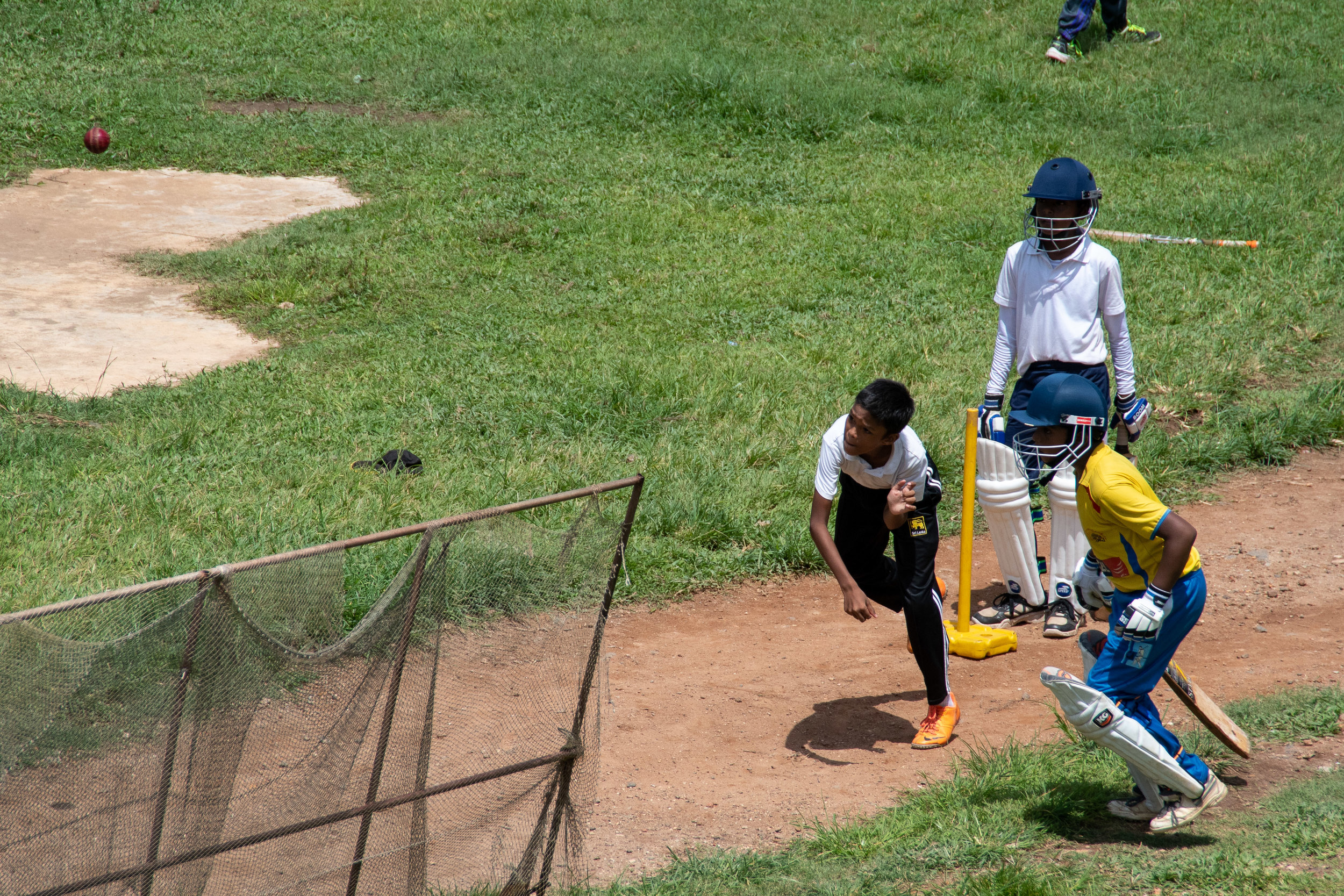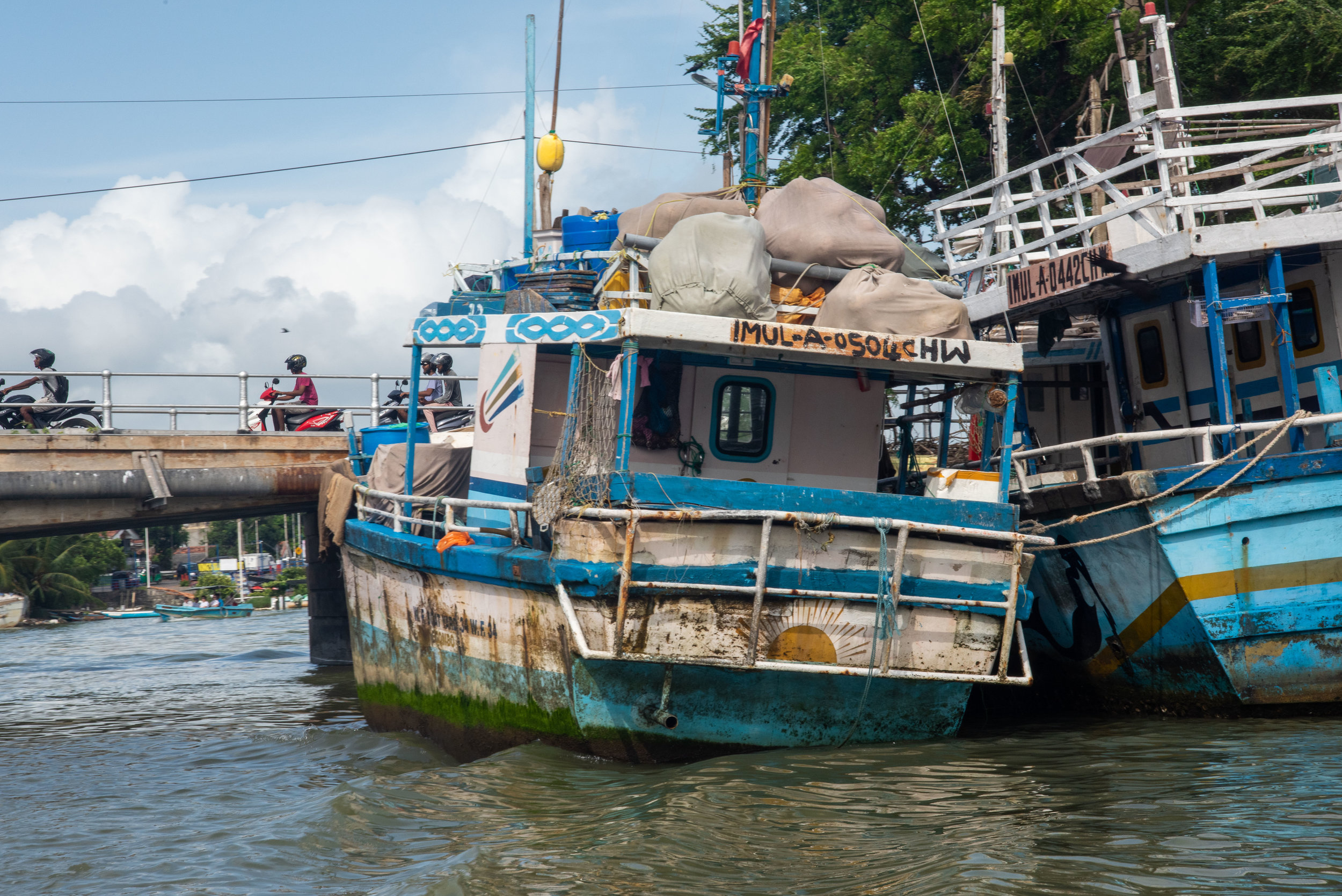The first day of winter was to transform to the first day of summer but in the interim we had over twenty hours of travel to undertake firstly.
Having spent Friday night with Marcus, Deb and family we said our farewells bright and early on a cool and grey Saturday morning ushering in the winter season. We returned our hire car to Apex and checked in for our mid-day flight to Sri Lanka via Singapore.
Before boarding, we purchased some Sri Lankan currency at a rate of around 91 LKR (SL rupees) to the Aussie $. This, we were assured was an appropriate conversion rate but it turned out to be significantly below that available in Sri Lanka as we later found at the Colombo airport. C’est la vie!
The seven and a half hour flight to Singapore was on a Qantas Airbus A380 which must have been close to its capacity of 484 passengers. As luck would have it, one of the very few unoccupied seats was a window seat right next to us so we had three seats thus enabling us to spread out a bit. The lunch/dinner menu pamphlet provided for Qantas passengers featured a scene from the Bridestowe lavender farm showing four or five curved rows with some obvious signs of frost damage but at least no weeds were evident.
The flight was uneventful although on approaching Singapore we were required to circle for about 40 minutes due to excessive air traffic coming into Changi Airport.
Our transiting through Singapore involved changing from Qantas to Sri Lankan Airways which meant that we had to catch the Sky Train to get from Terminal 1 to Terminal 3. It was just as well that we had over two hours available before our next flight as we had a lot of walking to do even after the train transfer.
The flight to Sri Lanka in an Airbus A321 took just over three and a half hours and had us at Colombo’s Bandaranaike Airport. Mrs. Sirimavo Bandaranaike is well remembered as being the world’s first female Prime Minister. She succeeded her Prime Minister husband who was assassinated by a Buddhist monk in 1959.
Security was very obviously at a maximum and yet immigration was a mere formality with practically no queue. Our on-line purchased visas were readily accepted and having collected our bags (yes they arrived!) soon we were out in the bus area looking for our mini-bus driver Nihal. He was waiting dutifully and greeted us with orchid leis and a very cheerful smile.
The drive from the airport to Colombo city took about 45 minutes and the majority of the travel was on a four lane, elevated concrete motorway built by the Chinese; an occurrence which seems to be par for the course these days.
The motorway ended at the northern outskirts of Colombo and then the roads and streets became more like our expectations of Asian metropolises. There was the tangle of cars, buses, tuk-tuks and pedestrians on poorly lit roads and streets.
Being a former British colony, Sri Lankans drive on the left side of the road although some drive where there’s a space. The use of indicators appears to be optional for many.
We were stopped for police checks twice before arriving at our Galle Face Hotel which is right on the edge of the Indian Ocean.
Hotel security was very thorough with our car being checked out with mirrors underneath and a sniffer dog checking our luggage plus the normal airport type electronic/metal detector checks.
We checked into our hotel which exudes an atmosphere of old-world British architectural charm. Our very spacious and tastefully decorated room has a high ceiling, wooden cupboards and old fashioned wooden window frames with antique brass fittings.
It’s been twenty hours since we left Preston this morning and sleep is on the high priority list. After some quick showers we headed for bed after a day of travel where everything had gone very much to plan.
Tomorrow we catch up with our other seven travelling colleagues and commence the “Best of Lanka” itinerary.











































